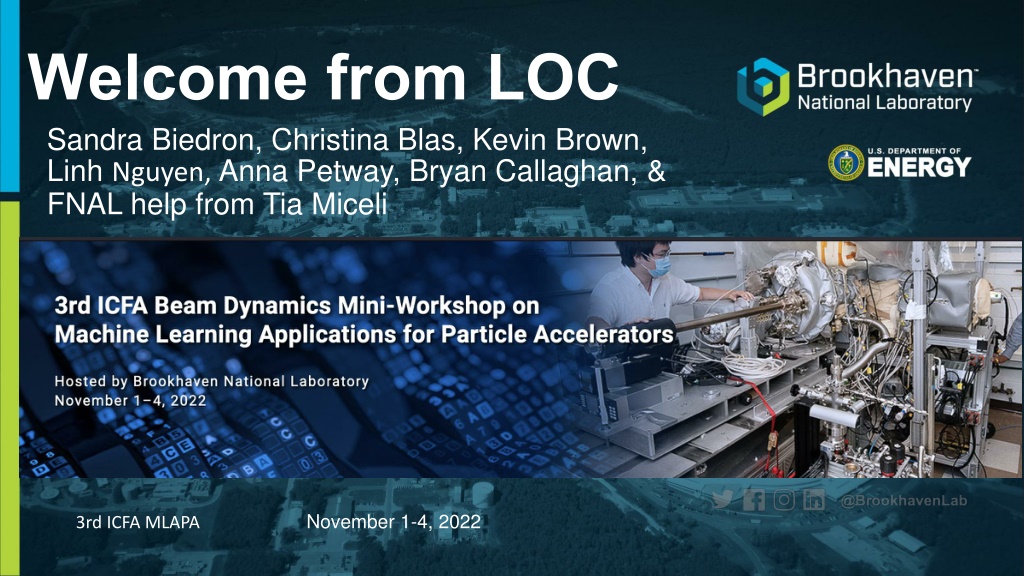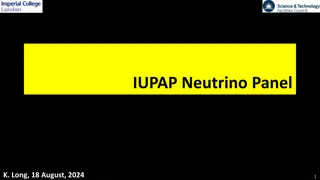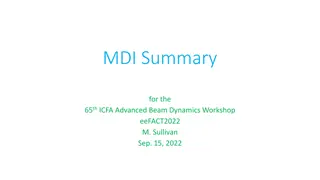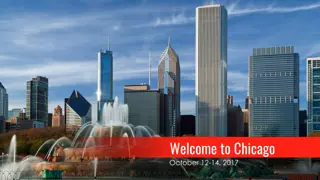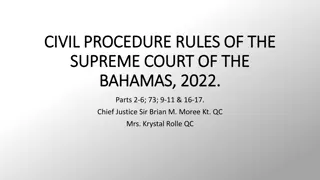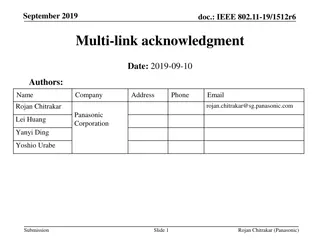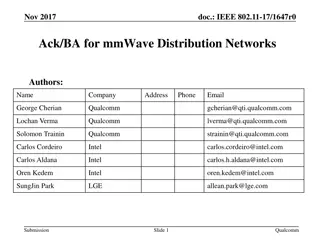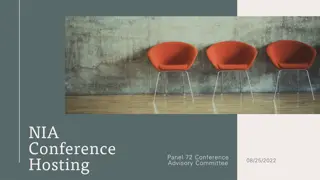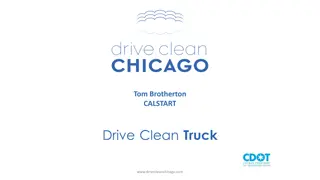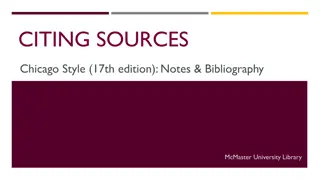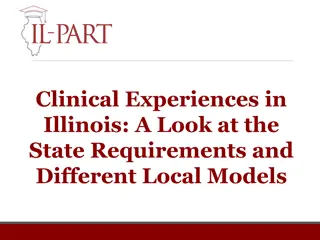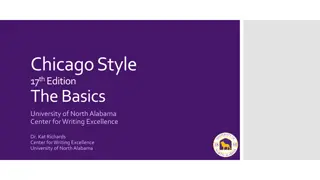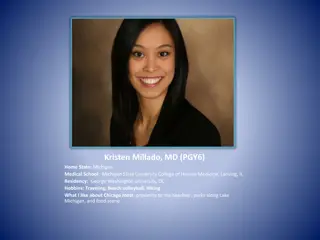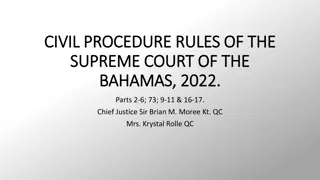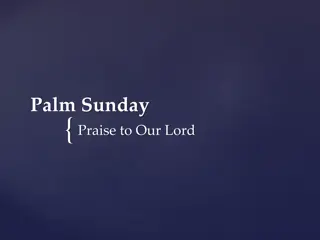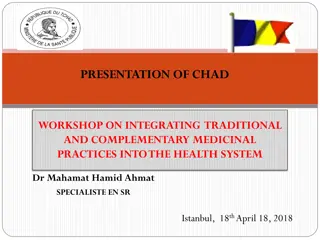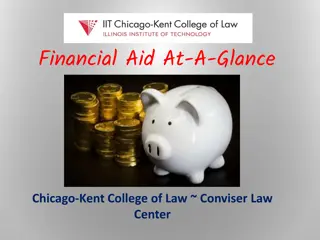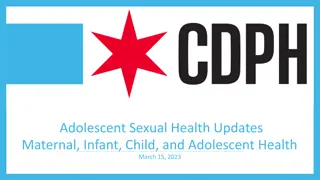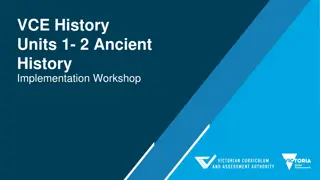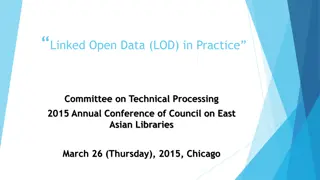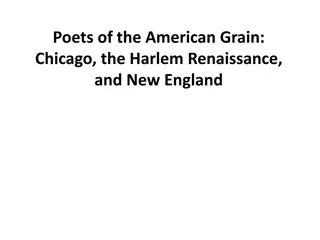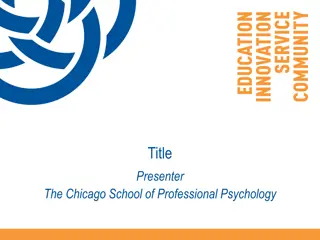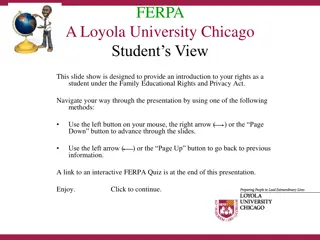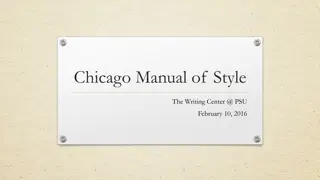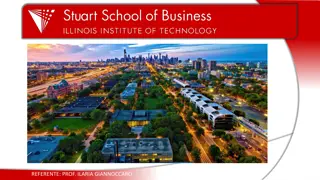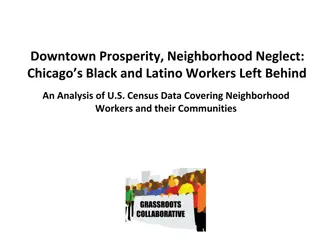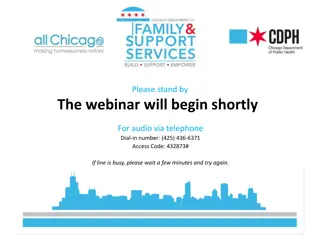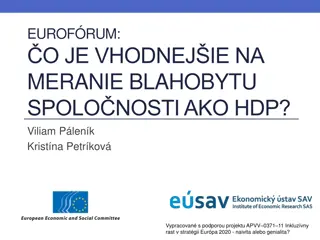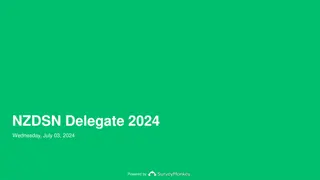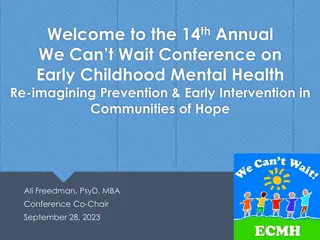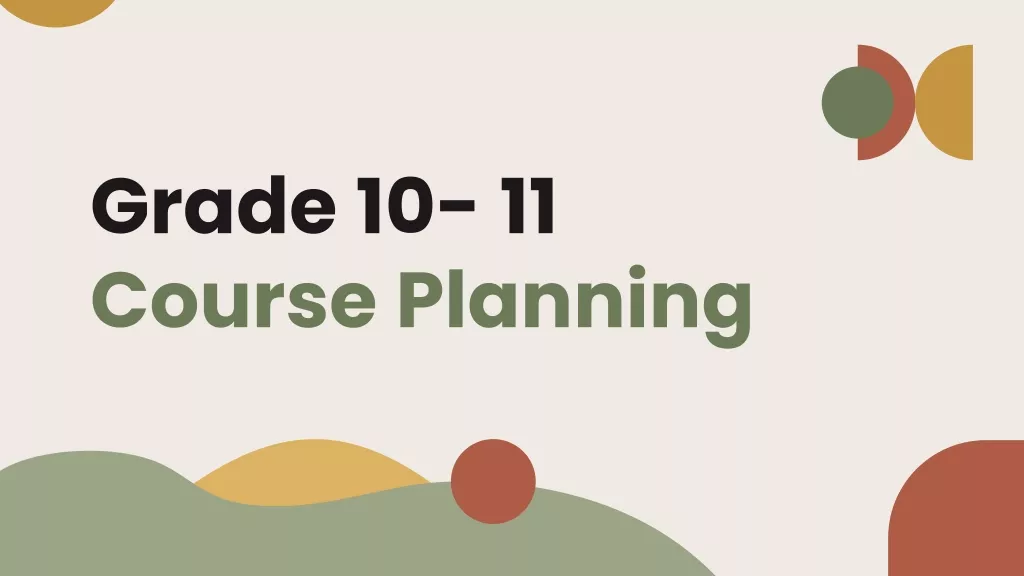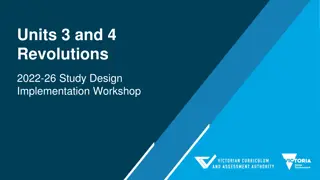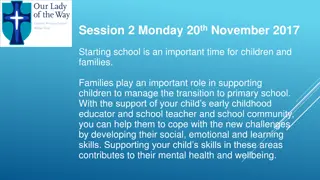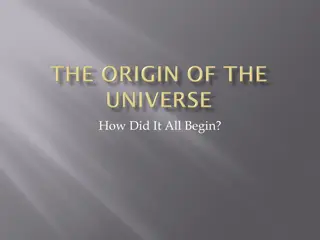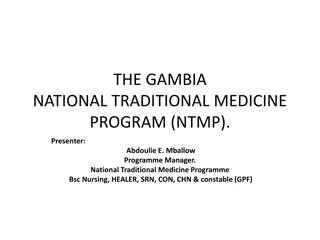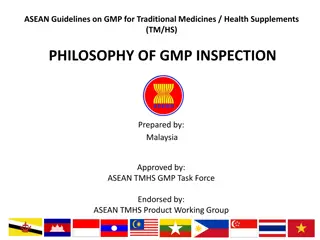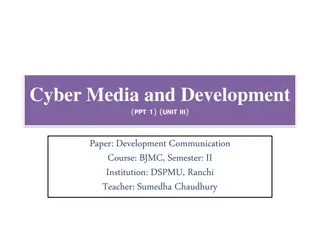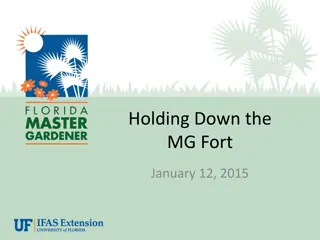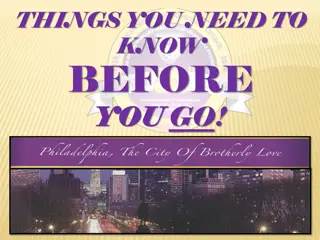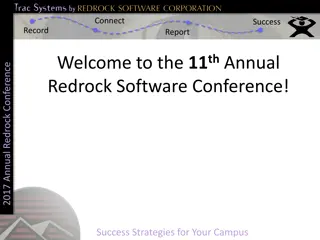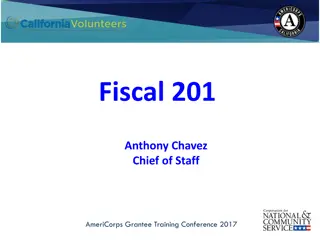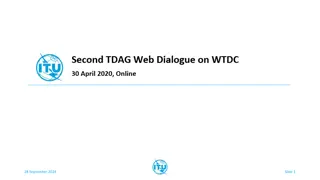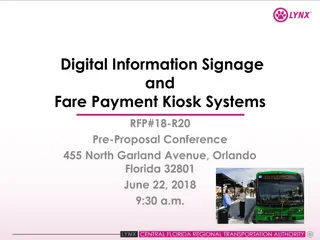Insights on the ICFA MLAPA Conference & Acknowledgment of Traditional Homelands in Chicago
The ICFA MLAPA conference held from November 1-4, 2022, acknowledged participants and sponsors like the National Science Foundation. Scholarships covered graduate students' fees, sponsored by RadiaSoft. The event took place at Brookhaven National Laboratory, discussing research in various fields. The choice of hosting in Chicago highlighted the city's significance on traditional Indigenous homelands. The community's contributions, cultural importance, and connection to the land were recognized throughout the event.
Download Presentation

Please find below an Image/Link to download the presentation.
The content on the website is provided AS IS for your information and personal use only. It may not be sold, licensed, or shared on other websites without obtaining consent from the author. Download presentation by click this link. If you encounter any issues during the download, it is possible that the publisher has removed the file from their server.
E N D
Presentation Transcript
Welcome from LOC Sandra Biedron, Christina Blas, Kevin Brown, Linh Nguyen, Anna Petway, Bryan Callaghan, & FNAL help from Tia Miceli November 1-4, 2022 3rd ICFA MLAPA
Special Thanks! The Center for Bright Beams with support from the National Science Foundation (NSF) is sponsoring eight scholarships for graduate students to cover registration fees. RadiaSoft is an industry leader in high-level research & design and scientific consulting for beamline physics and machine learning. RadiaSoft is sponsored Meet and Greet as well as the poster session (featuring an assortment of light refreshments).
Brookhaven National Laboratory Brookhaven National Laboratory was established in 1947 on the eastern end of Long Island at the former site of the U.S. Army s Camp Upton. Originally built out of a post-World War II desire to explore the peaceful applications of atomic energy, the Laboratory now has a broader mission: to perform basic and applied research at the frontiers of science, including nuclear and high-energy/particle physics physics and chemistry of materials nanoscience energy and environmental research national security and nonproliferation neurosciences; structural biology and computational sciences Over its history, Brookhaven Lab has housed three research reactors, numerous one-of-a-kind particle accelerators, and other cutting-edge research facilities responsible for discoveries leading to many advances for science and society as well as seven Nobel Prizes. 3
2pR = 3.8 km RHIC -> EIC 2pR = 0.8 km AGS NSLS II 2pR = 0.8 km 4
Why are we in Chicago? Thank you, Sandra! 1. Covid-19 changed many things We learned we can work productively from home, but only with the help of technology Zoom, Teams, Slack, Discord, Box, Trello, SharePoint, High speed home internet, etc. Although not everybody Hotels learned they could rent rooms as personal offices Not everyone can do their job from a computer 2. Stony Brook Wang Center was booked 3. NYC Venues were way out of our price point 5
Chicago sit on several traditional homelands Chicago is the traditional homelands of Hooc k (Winnebago/Ho Chunk), Jiwere (Otoe), Nutachi (Missouria), and Baxoje (Iowas); Kiash Matchitiwuk (Menominee); Meshkwahk ha (Meskwaki); As k waki (Sauk); Myaamiaki (Miami), Waayaahtanwaki (Wea), and Peeyankih iaki (Piankashaw); Kiikaapoi (Kickapoo); Inoka (Illini Confederacy); Anishinaabeg (Ojibwe), Odawak (Odawa), and Bod wadmik (Potawatomi). Seated atop a continental divide, the Chicago region is located at the intersection of several great waterways, leading the area to become the site of travel and healing for many Tribes. The region has long been a center for Indigenous people to gather, trade, and maintain kinship ties. Today, one of the largest urban American Indian communities in the United States resides in Chicago. Members of this community continue to contribute to the life of this city and to celebrate their heritage, practice traditions, and care for the land and waterways. We acknowledge our presence on these native lands and advocate for the progress, dignity and humanity of the many diverse Native Americans who still live and practice their heritage and traditions on this land today. 6
3rd ICFA Beam Dynamics Mini-Workshop on Machine Learning Applications for Particle Accelerators The goal of this third workshop is to continue to work on building a world-wide community of researchers and engineers interested in applying artificial intelligence and machine learning technologies to particle accelerators. The workshop will consist of four topics: 1.Tuning/optimization/control 2.Prognostics/alarm handling/anomaly-breakout detection 3.Data analysis 4.Simulations/modeling Talks will be given by practitioners from various accelerator facilities around the world. The workshop aims to: Collect and unify the community s understanding of the relevant state-of-the-art ML techniques. Provide a tutorials of machine learning for accelerator physicists and engineers. Seed collaborations between laboratories, academia, and industry. 7
Sunrise Tech 2% Abstract Submissions - 59 Total, 3 retracted LBNL 2% BESSY II Stony Brook 2% BNL 9% NNSS 2% 0% LANL 0% Univ. of Mich. 2% Univ. Malta 2% FRIB 4% Spring8 2% RadiaSoft 2% NorthWestern University 2% 12% 12% ANL 4% UCLA 2% Uniiv. Florida 0% Univ. Chicago 2% SLAC 13% Facility Stanford 2% 14% Analysis 18% Modeling BO FNAL 9% RL 7% Optimization JLab 7% Prognostics 9% KIT 4% DESY 9% 28% UNM 7% CERN 9% Cornell 5%
Sessions & Moderators (Thanks!!) Wednesday Opt-B Andrea Santamaria Garcia Opt-RL Christrine Sweeney Prognostics Verena Kain Thursday Modeling Facility Optimization Analysis Chris Tennant Francesco Maria Velotti Hirokazu Maesaka Raimund Kammering 9
Posters are an opportunity! We encourage poster presenters to embrace a better poster design process and feature your core take away and maximize the insight transmitted. While your posters are made and ready to present, it is still a chance to take a new approach in how you tell the story of your work. For Everyone: What is the core message of each poster? What insights can you glean from each poster? For Future presentations check out these two videos from Mike Morrison, How to create a better research poster in less time, Generation #1: https://youtu.be/1RwJbhkCA58, and Generation #2: https://youtu.be/SYk29tnxASs 10
